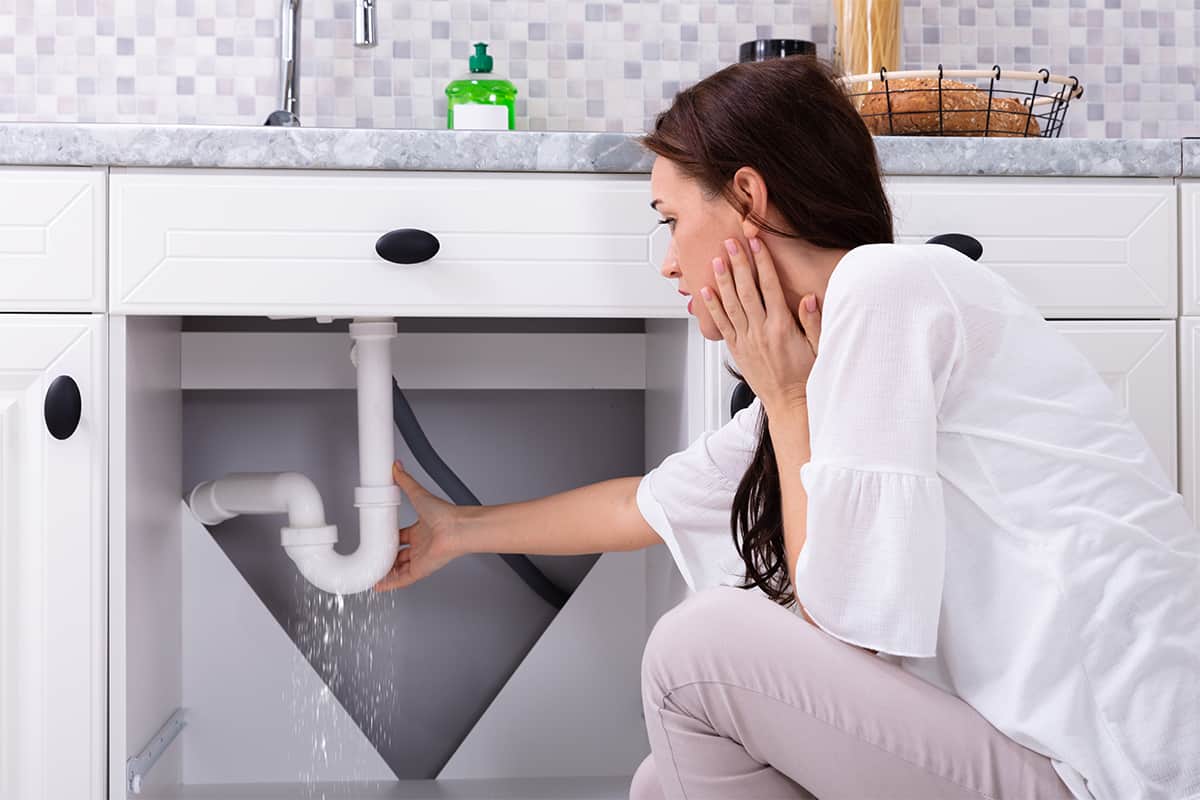Are you tired of calling a plumber every time a minor plumbing issue arises? Does the thought of spending a hefty sum on professional services for simple repairs give you nightmares? Fret not! With a little DIY knowledge and the right tools, you can tackle most plumbing problems on your own. In this post, we will explore some valuable DIY plumbing tips that will not only save you money but also give you the satisfaction of fixing things yourself.
Master the Basics
Before diving into any plumbing project, it’s crucial to familiarize yourself with the basics. Start by understanding the layout of your plumbing system, including the water supply main shut-off valve, individual fixture shut-off valves, and drain traps. Invest some time in learning about common plumbing terms and the function of different pipes and fittings. This foundational knowledge will help you troubleshoot problems effectively.
Fix that Dripping Faucet
A dripping faucet not only wastes water but can also lead to a higher water bill. Repairing a leaky faucet is the perfect beginner’s DIY project. Start by turning off the water supply to the faucet and disassembling it carefully. Inspect the internal components for any signs of wear or damage and replace them as needed. Don’t forget to lubricate the parts before reassembling the faucet. Remember, patience and attention to detail are key!
Unclog Those Drains
Clogged drains are a common nuisance in most households. Instead of relying on harsh chemicals, opt for natural methods to clear the blockage. Begin by trying a plunger to dislodge any debris. If that doesn’t work, a mixture of baking soda and vinegar can work wonders. Pour boiling water down the drain to flush out the loosened gunk. Regular maintenance, such as using drain strainers and avoiding pouring grease down the drain, can prevent clogs altogether.
Be Mindful of Water Pressure
Low water pressure can be frustrating, especially when taking a shower or doing dishes. To troubleshoot low water pressure, start by checking for any blockages in the aerators of your faucets. Clean or replace them if necessary. If the problem persists, inspect the pressure regulator valve, which is usually located near the water meter. Adjusting the valve can sometimes resolve the issue. If all else fails, consult a professional plumber to identify any underlying problems in your plumbing system.
Prevention is Better than Cure
As the saying goes, an ounce of prevention is worth a pound of cure. Regular maintenance and preventive measures can save you from major plumbing disasters. Insulate pipes in colder areas to prevent freezing and bursting in winter. Keep an eye out for any signs of leaks, such as water spots, mold growth, or musty odors. Take proactive steps to fix small leaks promptly before they turn into costly repairs.
In conclusion, tackling minor plumbing issues on your own is not as daunting as it may seem. Armed with the right knowledge, tools, and precautions, you can become your home’s very own handyman. Remember to always prioritize safety and be aware of your limitations. While DIY plumbing can save you money and offer a sense of accomplishment, some tasks are best left to professionals. So, go ahead, grab that wrench, and embark on your DIY plumbing journey!

